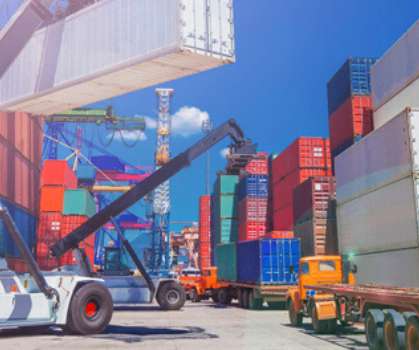What is Supply Chain Visibility and Why Isn’t It Enough?
Logistics Viewpoints
FEBRUARY 16, 2021
In a survey of 150 global manufacturing executives, 47% committed to improving supply chain visibility and tracking. According to the Global Supply Chain Disruption and Future Strategies Survey Report, this goal was the top-ranked planned tool investment. Agility to act on transparency.















Let's personalize your content